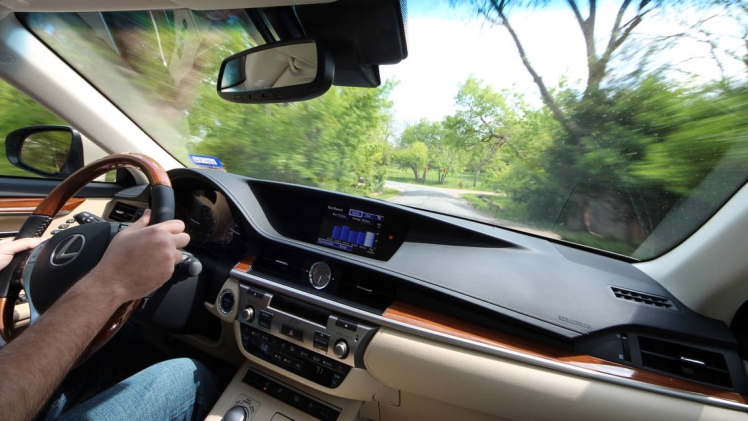In all likelihood, you learned how to drive in one of your parents’ vehicles, doing circles in the empty parking lot as she sat in the passenger seat. While it is sufficient in most cases, it’s not the best method to learn how to drive a car. The greatest drivers have been honing their talents on roads closed to the public and racing courses for almost 100 years. These drivers acquire ways to drive that the majority of the public just don’t know about. Unless you’re completely scared to drop at high speeds, any of us can go to a track and experience it for yourself.
We’ve put together some tried-and-true driving tactics that pro-race car drivers use that you can put into practice every time you are in the driver’s seat. Putting these tips into effort will make your boring drive to work more enjoyable AND even help you become that much better at driving.
No matter how good you become at driving, you should always drive with caution. Car accidents do happen, even if you are at your best. That’s why it’s called an accident. If you are involved in a car crash, take the correct steps so that you are taken care of physically and financially afterward. This means hiring an accident lawyer nyc to represent you, that is if you’re in NYC. If you’re in Paterson, New Jersey, you will hire an accident lawyer Paterson NJ to take on your case. Legal representation will always take you farther than if you tried to go at it alone.
Keep Your Focus Off The Car In Front Of You
It’s not a good driving practice to keep your eyes fixed on the vehicle ahead of you. There are several reasons why this is dangerous, the most important of which is that you are more inclined to do exactly as the driver in front of you does. On a real closed track, driving on a line and following another driver can put you at risk. However, this is a little more dangerous on a public road. Imagine following a teen who is texting in the car driving in front of you. Not something you want to do.
Pay Attention Beyond The Car You’re Following
Keep your eyes on the road and actually look through the windows of the vehicle ahead of you. You should even take it a step further, peering through the gaps between the cars ahead.
Keeping your vision ahead of you sends crucial information faster, which will give you enough time to figure out the best response to any hazard you may encounter and react. This is useful in avoiding wildlife crossing the road or another vehicle that swerves abruptly.
Press Your Tongue to the Roof or your Mouth. No Seriously!
It sounds silly, but the nerves on your tongue are essentially one large field of nerve endings. If you stimulate them, it sends electric impulses to the same general region of your brain that controls balance. Balance is crucial to knowing what your vehicle is doing at any one time; that’s how you know whether it’s doing what you want it to do.
By pressing your tongue to the top of your mouth, you become super aware of any unexpected movement of the vehicle, allowing you to react much faster. The link is so strong that numerous clinical studies using tongue electrostimulation to treat traumatic brain injury sufferers, as well as Parkinson’s and MS patients, are now ongoing.
Your Hands Should Be Positioned At 9 and 3
We always hear to drive at 10 and 2 o’clock. For all about that. These days, driver’s ed courses now teach 9 and 3, since 10 and 2 is very hazardous if you have an airbag. That’s an entirely different story, but just Google it if you’re interested. 9 and 3 are preferred because if you lose control for a little time, you want the steering wheel pointing straight forward the second you regain control. All you have to do now with your hands at 9 and 3 is return them to their resting position.
Use Your Left Foot to Brake
The world’s greatest racers use their left foot to brake. You can use it 100% of the time on an automatic, and you can use it anytime you don’t need to shift on a manual. You may significantly reduce the time it takes to begin slowing down in an emergency by keeping your left foot hovering over the brake pedal. For the typical motorist, this means stopping 50 feet sooner at highway speeds. That’s a lot of information.
This one will feel strange at first, so practice in parking lots until you get the hang of it.

